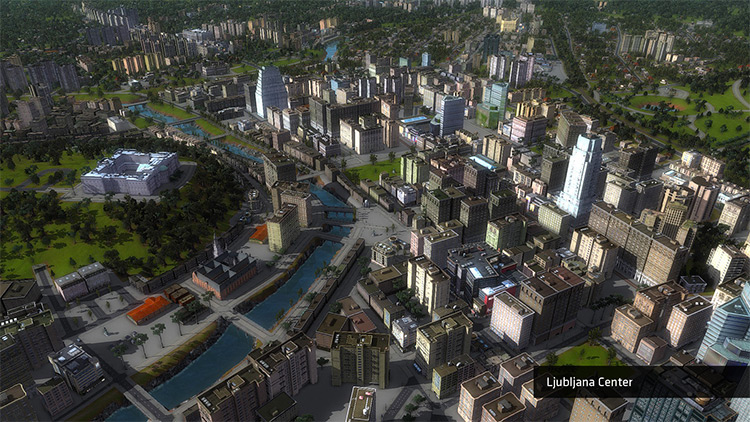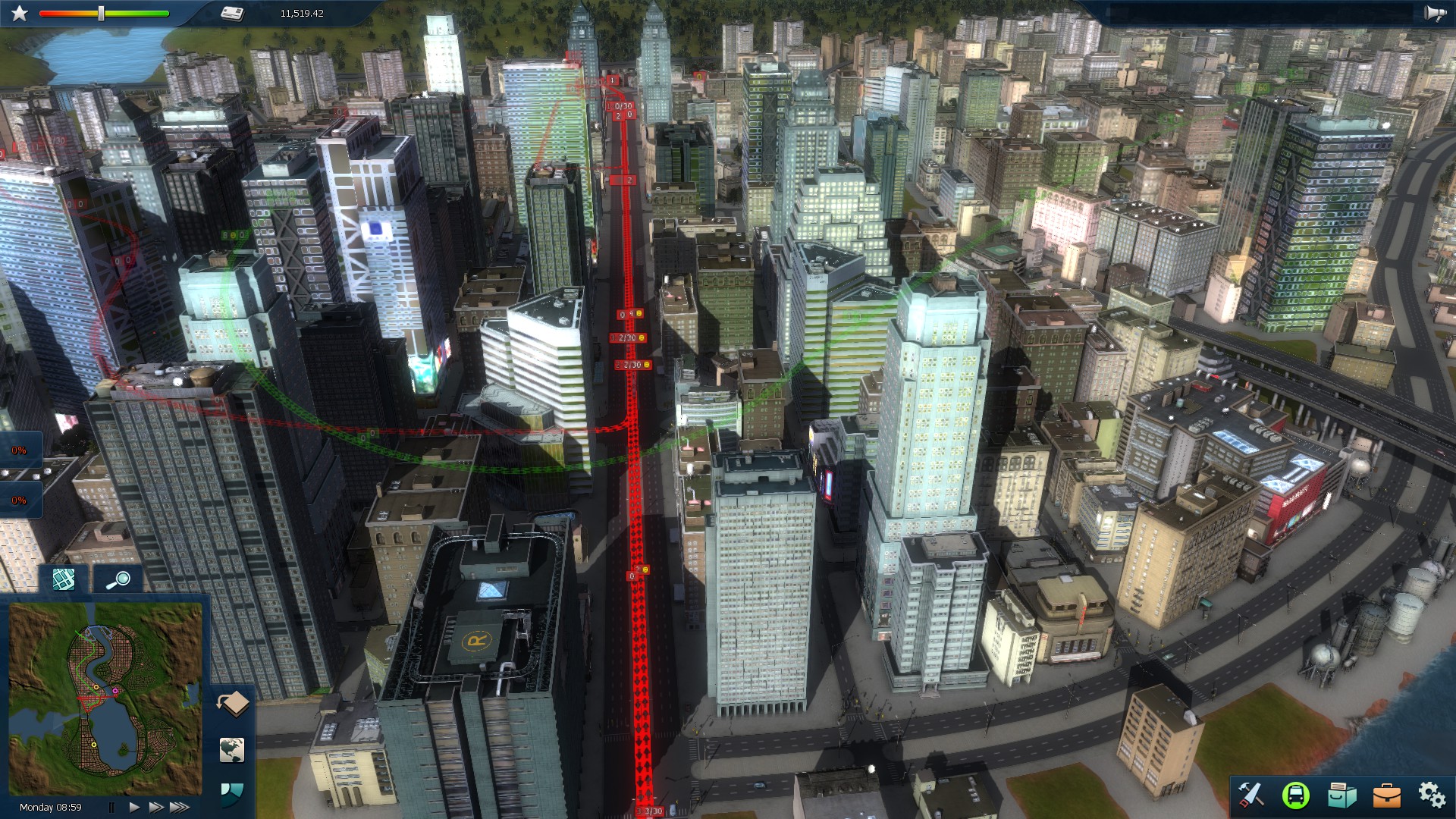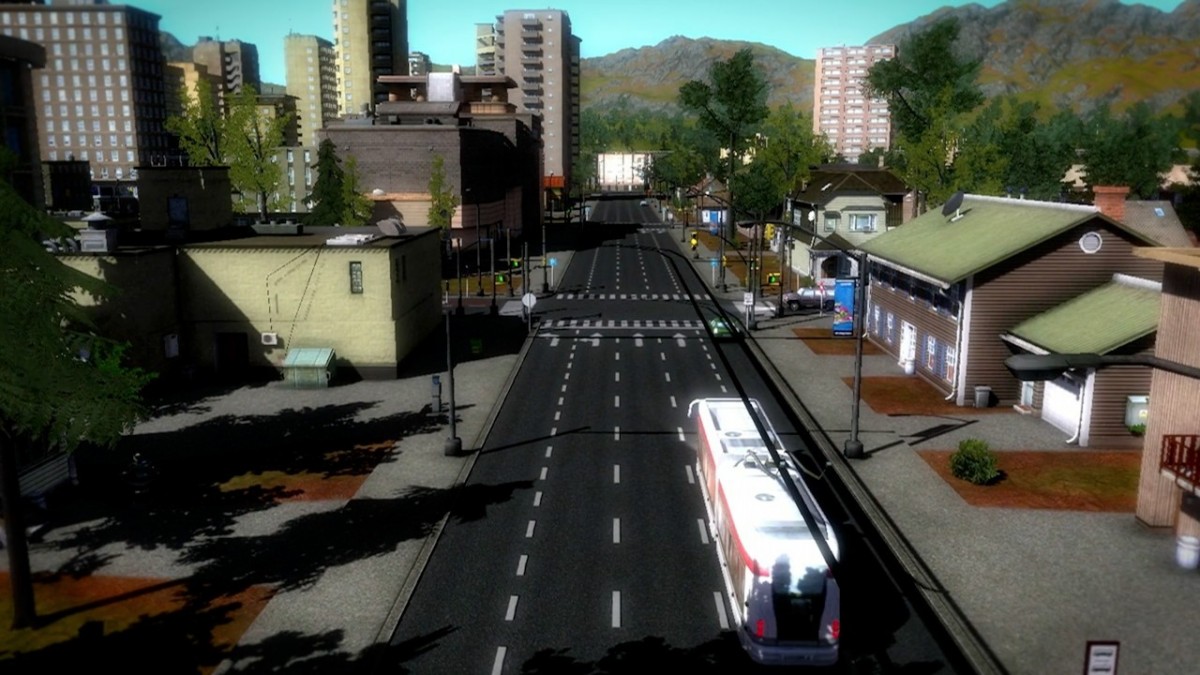

When building roads people will move in along the new roads you just built. Other characters from the Boy Scout Leader to the CIA Operative will come forward asking you to make them specific routes in exchange for money.Ī new feature added to the game is the ability to make expansion slots for the city. The main city planner will provide all of the missions you have to complete. Over time people will come forward with objectives. Unlike the previous game the city is cut into parts including three suburbs that are all built up in separate missions with separate budgets. This at least tells us that they will be releasing older cities and older models. The game comes with a single city campaign representing a “modern” city. A blue collar worker will love the buses, however a white collar worker might prefer the metro or the tram.

The most important of these (and improved) indicates what social class a person fits into and what building they go to work at. The game also sees a return of graphs… far more graphs than ever before. Approval ratings go up by having less people wait for transit and by having more comfortable buses, trains, trams, and trollies. Much like in the previous game the focus of this game is around making profitable routes and maintaining image (approval ratings) and money. In this sense bulldozing down 10 high rises to put in your metro won’t be the end of the world as those people can just move to the burbs. This means after you are done building your public transit system in the city you can create expansions to continue doing work. Now you have to demolish streets and buildings to efficiently move this metro around.Īs well people will move in anywhere you put down roads. In the past you could go underground with your metro. Plopping down helicopters routes between high income neighborhoods just ended up being way too profitable and made the game jokeably easy. It seems the boats and helicopters have been done away with from Cities in Motion. An efficient mass transit system will involve metro routes around the city with connecting tram, bus, and trolley routes. The focus of the game is around plopping stops all over the map and connecting them in routes. What were you expecting, it’s a train simulator… how many more employees could you want? Much like existing public transit systems you will be able to charge people for using your service and will have to use this to cover the costs of expansion and employees.Įmployees come into three different types, drivers, cashiers, and maintenance. So I started walking to work, 30 minutes away and never used public transit ever again.Ĭities in Motion 2 puts you behind the decision making chair as you are forced to craft out a public transit system. The bus took 1.5 hours to get me to work and 45 minutes to get me home. In fact public transit is one of the top complained about things in the entire world. Have you ever hated public transit? Why of course you have. This too is now seen as a fairly acceptable way of doing business as it allows more people to jump into the game and the developers have to work for the rest of their money. After four years of development the total cost of the game and DLCs will come up to $50-60.

After this they will sell you city packs for $5. So instead of selling for $50-60 it sells for $20. It starts off with the game selling at about 1/3 of it’s total value. Bethesda’s model of creating downloadable content that creates massive interest story arches is seen as the best and most acceptable.Ĭities in Motion has an interesting profit model.

Then there are all of the acceptable DLCs.
#CITIES IN MOTION 2 PATCH#
In any other game this would just be called a patch that everyone gets for free. This kind of DLC gives an unfair advantage to those who have the DLC over those that do not. The new UI out strips the old in beauty and innovationĪ second approach is DLC that modifies online play modes. The most famous of these is Crusader Kings 2 which released a historic 8 DLCs on their first day each costing around $10 a pop. It’s based off of research that indicates that DLC sales tremendously shrink over time. Day 1 DLC involves splitting up a game into parts so that you can maximize your Day 1 profits. The first of these is the dreaded, Day 1 DLC. But for every DLC hater there are ten people who are buying the DLC and you just never hear from them (because they’re enjoying the DLC).Ĭertain DLC practices however are very questionable and very suspect. So here I am breaking my coveted boycott just this once to see what Paradox Interactive has to offer us. I felt the game was superb and one of the best simulators out there. As many of you know I was completely enthralled by how good Cities in Motion was. It pains me to say I had to break my Paradox Interactive boycott to play this game.


 0 kommentar(er)
0 kommentar(er)
